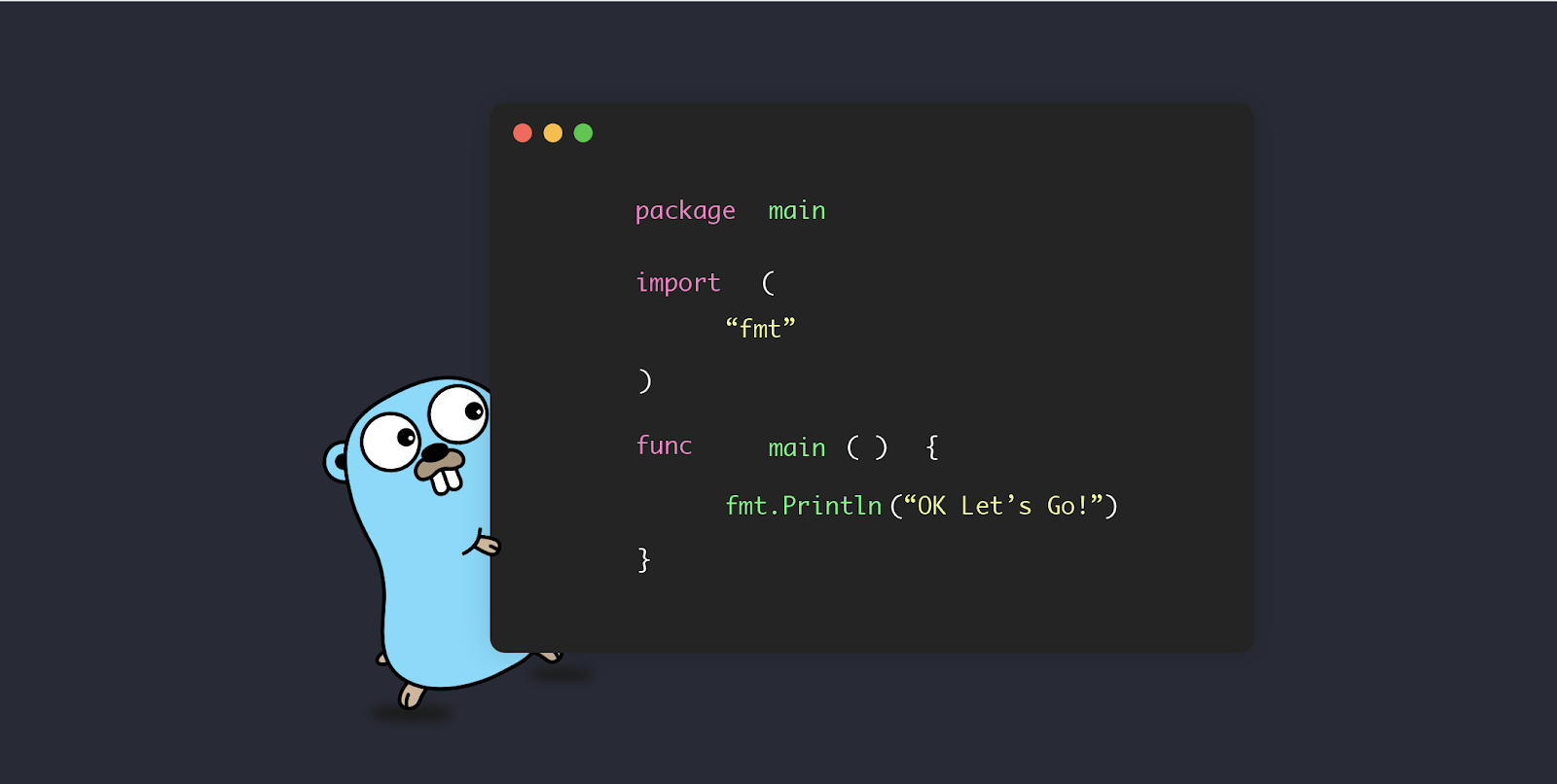Function values and closures are powerful and unique features in the Go programming language, often referred to as Golang. They enable you to write flexible, functional-style code, and are essential tools for creating reusable and modular programs. In this blog, we'll delve deep into the world of function values and closures in Go, covering their definition, use cases, advantages, and best practices. Whether you're new to Go or looking to master these advanced concepts, this guide will help you unlock their potential.
What Are Function Values and Closures?
Function Values
In Go, functions are first-class citizens, which means they can be assigned to variables, passed as arguments to other functions, and returned as values from functions. A function value is essentially a function that can be treated like any other variable. You can assign a function to a variable, pass it as an argument to another function, or return it from a function.
Here's a simple example of a function value in Go:
func add(x, y int) int {
return x + y
}
func main() {
// Assign the add function to a variable
addFunc := add
result := addFunc(3, 4)
fmt.Println(result) // Output: 7
}In this example, addFunc is a variable that holds a reference to the add function.
Function Closures
A closure is a function value that references variables from its surrounding lexical scope, even when it's called outside that scope. In simpler terms, closures "close over" variables from their outer function, preserving their state.
Here's an example of a closure in Go:
func makeCounter() func() int {
count := 0
return func() int {
count++
return count
}
}
func main() {
counter := makeCounter()
fmt.Println(counter()) // Output: 1
fmt.Println(counter()) // Output: 2
fmt.Println(counter()) // Output: 3
}In this example, makeCounter returns a closure that increments a count variable from its outer function each time it's called.
Use Cases for Function Values and Closures
Function values and closures are incredibly versatile and find use in various scenarios, including:
-
Callbacks: You can pass function values as callbacks to other functions, allowing you to customize behavior.
-
Iterators: Closures are useful for creating iterators that maintain internal state, such as tracking the progress of a loop.
-
Encapsulation: Closures allow you to encapsulate state and behavior within a single function value.
-
Configuration: Function values can be used to represent configuration settings, making code more flexible and modular.
-
Dependency Injection: Function values enable you to inject dependencies into functions, making it easier to write testable code.
Advantages of Function Values and Closures
Function values and closures offer several advantages in Go:
-
Modularity: They promote code modularity by encapsulating behavior in small, reusable units.
-
Flexibility: Function values and closures allow you to create adaptable and customizable code by passing functions as arguments.
-
State Management: Closures can manage and maintain state across multiple function calls, enhancing code expressiveness.
-
Conciseness: Function values and closures can simplify complex code by abstracting away implementation details.
Best Practices for Using Function Values and Closures
To make the most of function values and closures in Go, consider the following best practices:
-
Keep Functions Small: Encapsulate a single piece of logic in a function to ensure clarity and reusability.
-
Avoid Mutable State: Minimize the use of mutable state within closures to reduce potential side effects and bugs.
-
Document Closures: Clearly document the variables that a closure captures from its enclosing scope to aid in understanding and maintainability.
-
Use Anonymous Functions Sparingly: While anonymous functions (lambdas) are powerful, use them judiciously to maintain code readability.
-
Avoid Capturing Unnecessary Variables: Be mindful of which variables are captured by a closure, as capturing unnecessary ones can increase memory usage.
-
Keep Closures Short: Closures should ideally be short and focused on a specific task to maintain code simplicity.
Conclusion
Function values and closures are advanced features in Go that empower you to write modular, adaptable, and expressive code. By understanding how to use function values and closures effectively and following best practices, you can create more maintainable and flexible Go programs. Whether you're building web applications, command-line utilities, or complex algorithms, mastering function values and closures is essential for becoming a proficient Go developer.
